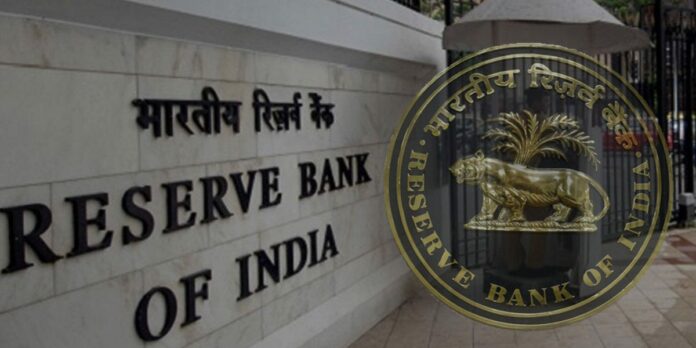States combined debt to-GDP ratio is relied upon to stay at 31% by end-March 2022 that is worryingly higher than the objective of 20% to be accomplished by 2022-23, as per an RBI report.
The Reserve Bank’s yearly publishing named ‘State Finances: A Study of Budgets of 2021-22′ further said as the effect of the second COVID-19 wave melts away, Over debt sustainability concerns, state governments need to find suitable ways to address it.
In perspective on the pandemic instigated lull, fifteenth Finance Commission, in its projections, expects the obligation GDP proportion to the top at 33.3 percent in 2022-23 (considering the higher deficiencies in 2020-21, 2021-22 and 2022-23), and bit by bit decrease from there on to reach 32.5 percent by 2025-26.
The planned consolidated gross fiscal deficit (GFD) of 3.7 percent of GDP for states for the year 2021-22 – lower than the 4% level as suggested by the FC-XV (fifteenth Finance Commission)– mirror the express state-run administrations’ purpose towards consolidation of the fiscal year, according to RBI report.
As per the report, the medium-term upgrades in the financial situation of state-run administrations will be dependent upon changes as suggested by FC-XV in the power sector and determined by the Center – making straightforward and bother free arrangements to farmers by power subsidy; forestalling spillages; and working on DISCOMS efficacy by lightening their liquidity stress in a manageable manner.
The report said taking control of power sector changes won’t just work with extra borrowings of 0.25 percent of GSDP (Gross State Domestic Product ) by the states yet, in addition, diminish their unforeseen liabilities because of progress in monetary strength of the DISCOMs.
It called attention to that in 2020-21, the primary flood of the pandemic presented states the basic test of declining income and the requirement for higher spending.
To somewhat offset the income deficit, the report said states climbed their obligations on petroleum, diesel, and liquor and zeroed in on excusing low-priority consumptions to account for higher use on medical care and social services. According to the report, the year 2021-22 began a comparable note, with the flare-up of the subsequent wave.
Follow and connect with us on Facebook, LinkedIn & Twitter

